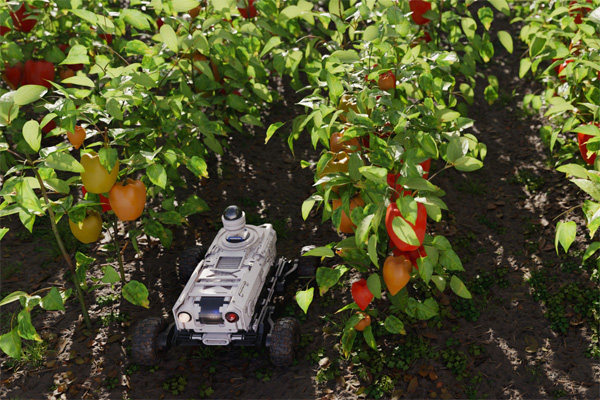
Microscopy for Rapid In-Field Soil Analysis
We investigate the application of machine learning and computer vision techniques to automatically perform rapid, lab-quality soil analysis in the field using low-cost optical sensors. Our research focuses on processing soil microscopy images to estimate key properties such as organic carbon content, microbial biomass, and soil microfauna populations. This work has potential applications in climate change mitigation through soil carbon sequestration assessment, monitoring for environmental restoration, and measurement of biological nutrient cycling for sustainable agriculture. By integrating machine learning with soil microscopy, we aim to develop widely accessible tools for efficient and accurate soil health monitoring across diverse ecosystems.
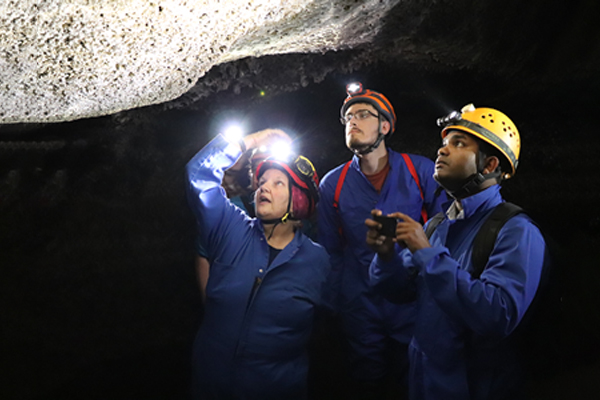
Aqueous Bio-Geochemistry of Lava (Volcanic) Tube Caves: Terrestrial Analog for Moon, Mars and Other Rocky Planetary Bodies
Lava (volcanic) tube caves provide a terrestrial analog for similar lava caves on the Moon, Mars, and other rocky planetary bodies. We study the aqueous geochemistry including mineralogy, elemental chemistry, and water-mineral-microbe interactions that are involved in the process of secondary minerals formation in lava tube caves.
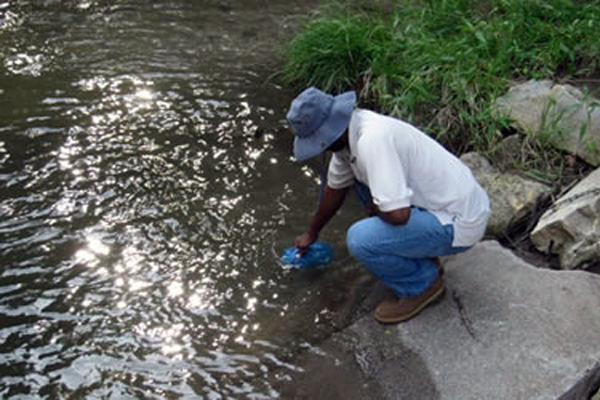
Trace Element Biogeochemistry in Waters
We investigate and emphasize trace element speciation in natural waters to decipher processes towards understanding the biogeochemical cycling of trace elements (e.g., arsenic, tungsten, manganese, selenium, lead), nitrates, and fluorides in the environment. Research encompasses using low-temperature aqueous geochemistry, hydrogeology, and geomicrobiology.
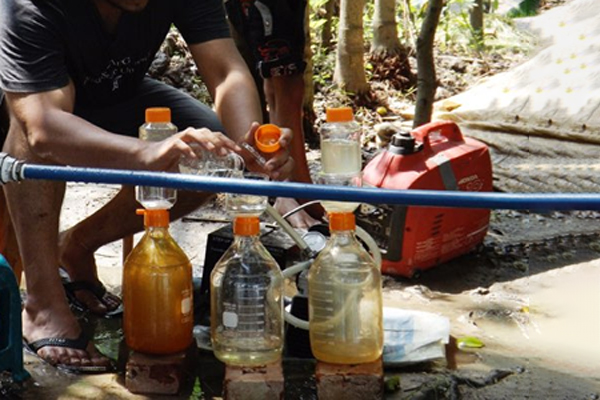
Groundwater Contamination and Assessment and Solid Phase Speciation of Oxyanions
In order to understand the behavior of inorganic and organic contaminants in groundwater systems, we use laboratory techniques, modeling, and field studies to identify the source and fate of such contaminants. Synchrotron spectroscopy is used to delineate speciation of solid substrates such as sediments, soils, rocks, and food grains like rice to probe into the bioavailability of essential and toxic trace elements in them.

Pb Isotopes as Exposure Tracer in Children's Blood
Comparison of Pb isotope ratios found in the blood of children with high blood lead levels with the Pb isotope ratios of the sources of lead that are most likely to contribute to high childhood blood lead levels. This will help to facilitate targeted environmental remediation.
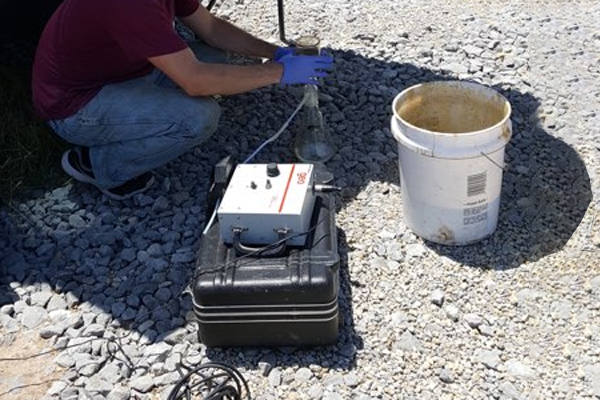
Geologic CO2 Capture and Drinking Water Security
To understand the carbon capture and storage capacities of natural formations like carbonate aquifers, we use reaction kinetics and rates of mineralization in rock-brine and supercritical CO2 environments. We work in a CO2 injection scenario within saline aquifers and monitor water quality in subsurface aquifers via studying geochemical parameters for formation waters, including groundwater rare earth elements distribution study.
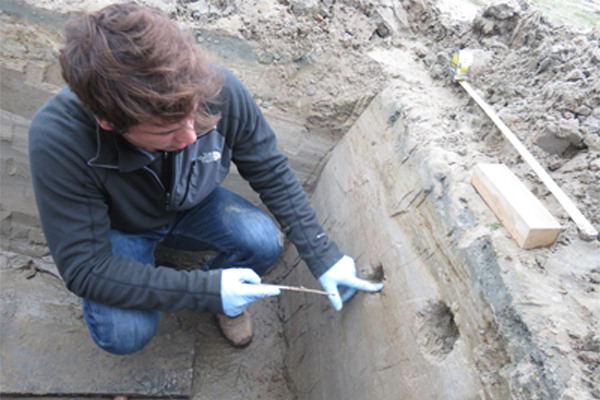
Hyporheic Zone Geochemistry
Drinking water is a health concern for millions in South Asia. Shallow aquifers often connect with major rivers and dynamic geochemical processes exist within the inter-tidal zones and provide a source or sink for arsenic and arsenic-like oxyanions (co-occurring). Through field, laboratory, and modeling based investigation, we hope to develop a theory on the growth and fate of iron-arsenic deposits along riverbank deposits.

Monitoring Soil Phosphates in Kansas and Texas Soils via Developing Sensor Technology
Understanding variations of phosphate in soil-water systems for crops grown in various soil conditions and climate regimes is vital to addressing food production and fertilizer application. Using the latest graphene-based technology, we will develop a low-cost sensor capable of real-time monitoring of phosphorus content in soil. Our work focuses on continuous monitoring of the sensors, studying soil morphologies, textures, compositions, and water holding capacities.
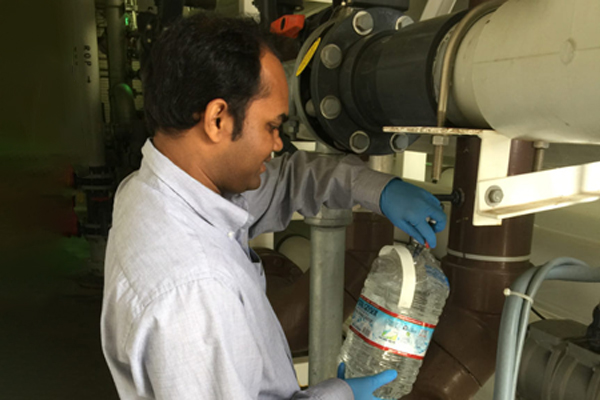
Brackish Groundwater Desalination
Brackish groundwater with total dissolved solids (TDS) ranging from 1000 to 10,000 mg/L is an abundant and relatively untapped water source in the U.S., particularly in the southwest and Texas. We study geochemistry of brackish groundwater and develop laboratory scale biological and chemical processes to improve brackish groundwater desalination processes. We also address issues like concentrate management and advanced recovery through concentrate treatment.
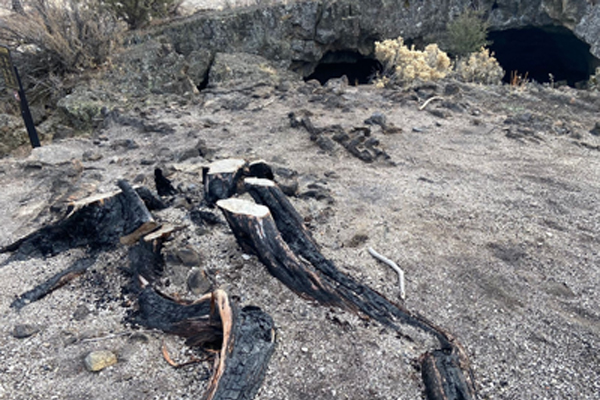
Impacts of High Magnitude Wildfire on Volcanic (Lava Tube) Cave Water Chemistry, Nutrient Transport, Activity, and Diversity of Cave Microbiome
Wildfires of high magnitude are known to cause destruction of surface vegetation, soil sterilization, and alteration of soil chemical and hydraulic properties; whereas their effects on subsurface environments are relatively unknown. This project investigates the impacts of intense wildfires on volcanic cave ecosystem by sampling cave water and microbial mats, and analyzing them for detailed inorganic and organic chemistry, microbial diversity and activity.
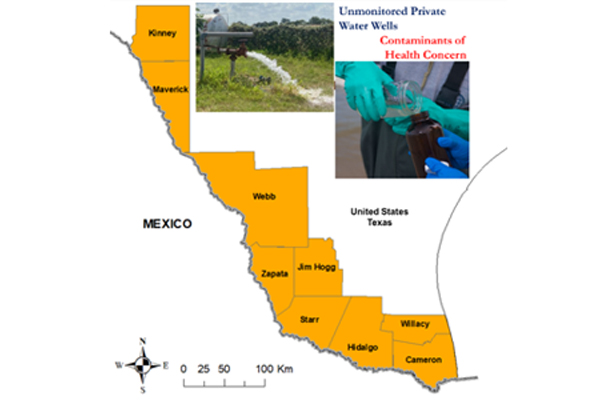
Water Quality and Health in US-Mexico Border Region in Texas
Most underrepresented communities in US-Mexico border region in Texas rely on unmonitored groundwater supply. This project aims to identify basic water types and provide a clear understanding of what contaminants at what concentrations are present in the source water. We focus on determining the concentrations of various inorganic and organic contaminants in the water sources to understand underlying geochemical processes that influence the water chemistry and contaminant mobility. Study findings will aid in predicting the spatial distribution of water quality and allow for correctly assessing its health impacts on the communities.
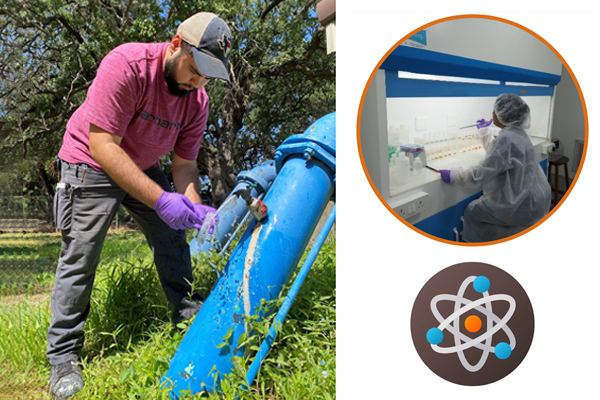
Isotopic Approach in Evaluating Surface and Sub-Surface Water Quality (Organic Contaminants and Heavy Metals)
Freshwater resource to society and ecosystem demands frequent investigations into aqueous contaminant sources, bio-geochemical processes, and their fate under natural and anthropogenic influences. Potential infiltration of contaminated surface water, industrial effluent, and agricultural outflow triggers groundwater contamination with emerging anthropogenic source pollutants. We focus on understanding biogeochemical cycles, source and fate of heavy metals and selected organic contaminants by applying isotope geochemistry (i.e., δ13C, δ18O, δ2H of water, δ34S, δ15N, δ13C of organic matter, radiogenic U) as proxies. δ98Mo studies evaluate factors driving terrestrial Mo supply to oceans.

